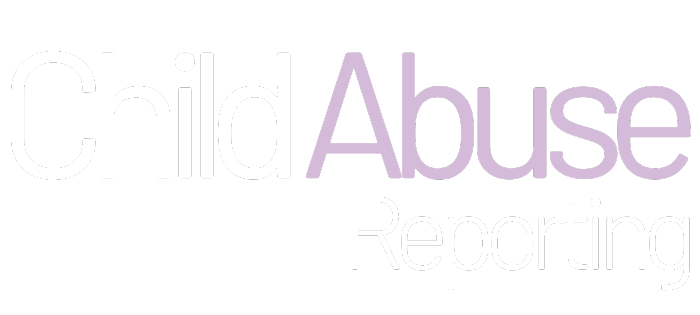If a child is being abused or neglected, there can be physical signs or ways in which the child behaves; these are known as physical and behavioral indicators. When you see a child with one or more of these indicators, it should raise a ‘red flag’ in your mind about the child’s welfare and prompt you to inquire further.
However, these indicators are not proof of abuse or neglect. A child’s bruises could be the result of a playground accident, while a dirty and disheveled child may be homeless.
The law requires that you have a reasonable suspicion that the indicator(s) you see could be caused by child abuse or neglect before you call. To establish a reasonable suspicion—or to rule out the possibility of abuse or neglect—you need to ask questions about the circumstances surrounding the indicators. You need to assess the location, severity, circumstances, and frequency of the injuries or behaviors. You need to consider the child’s age and the explanation provided.
If the information you gather causes you to form a reasonable suspicion that the child is a victim of abuse or neglect, call the Child Abuse Hotline. If you are not sure about what you need to ask, call for click here.

